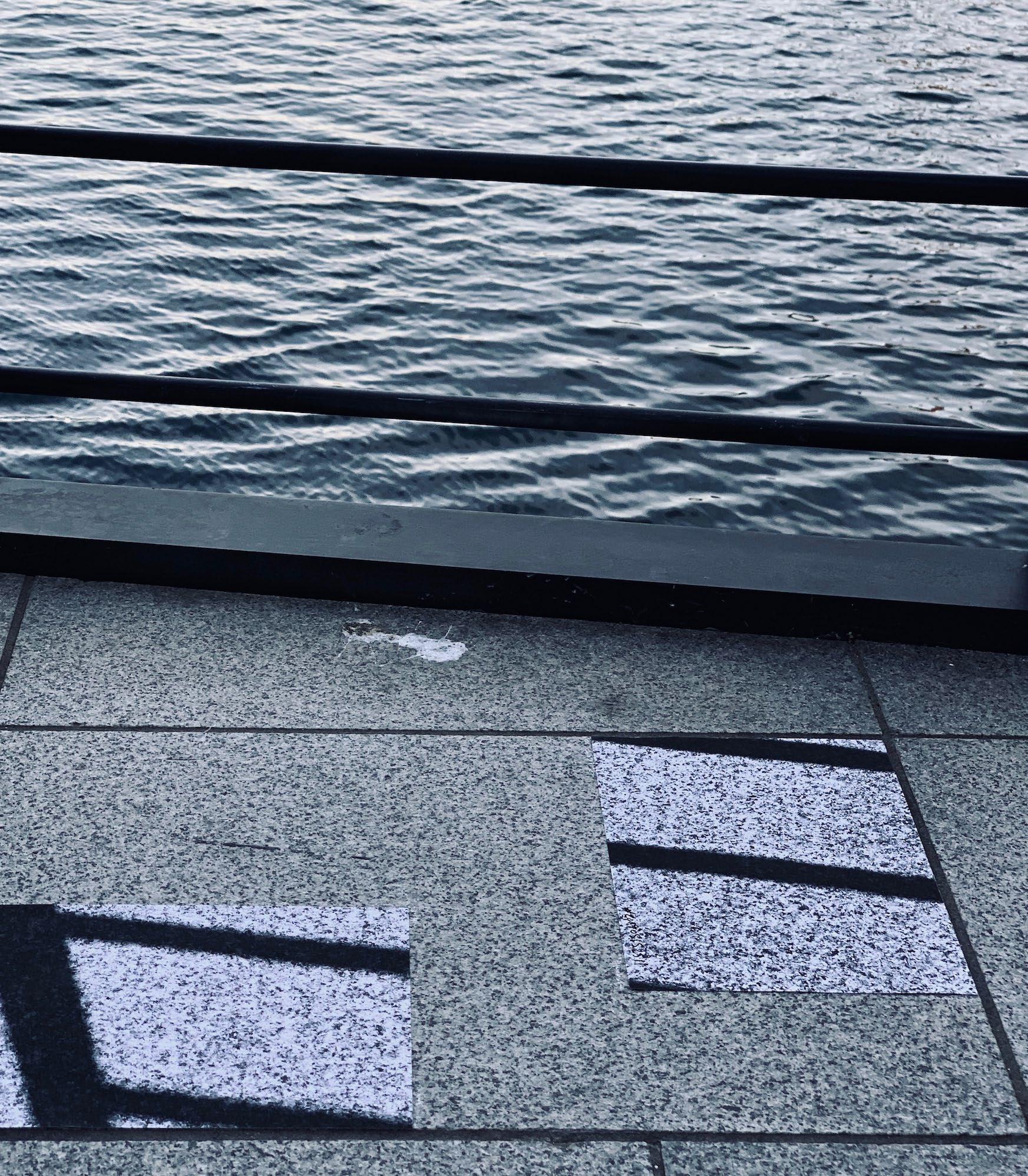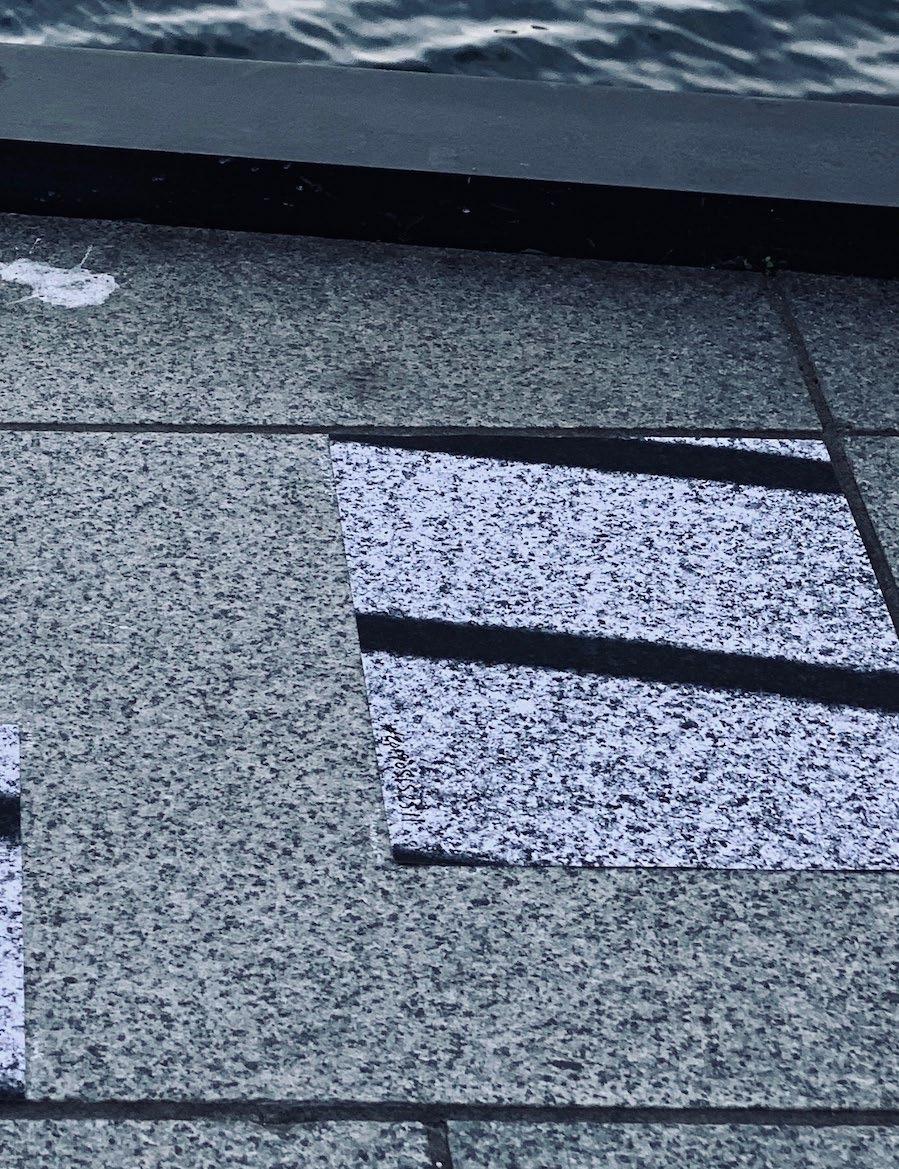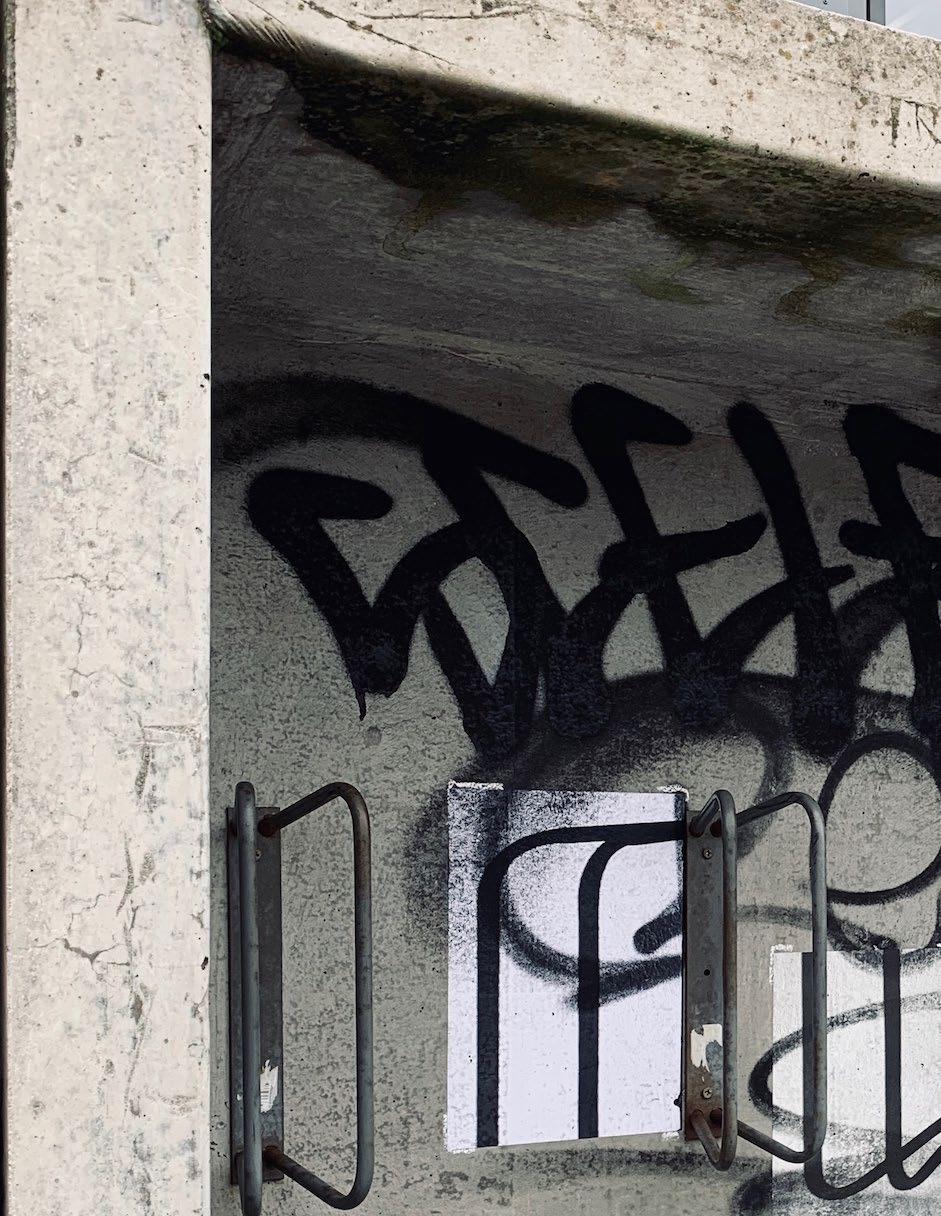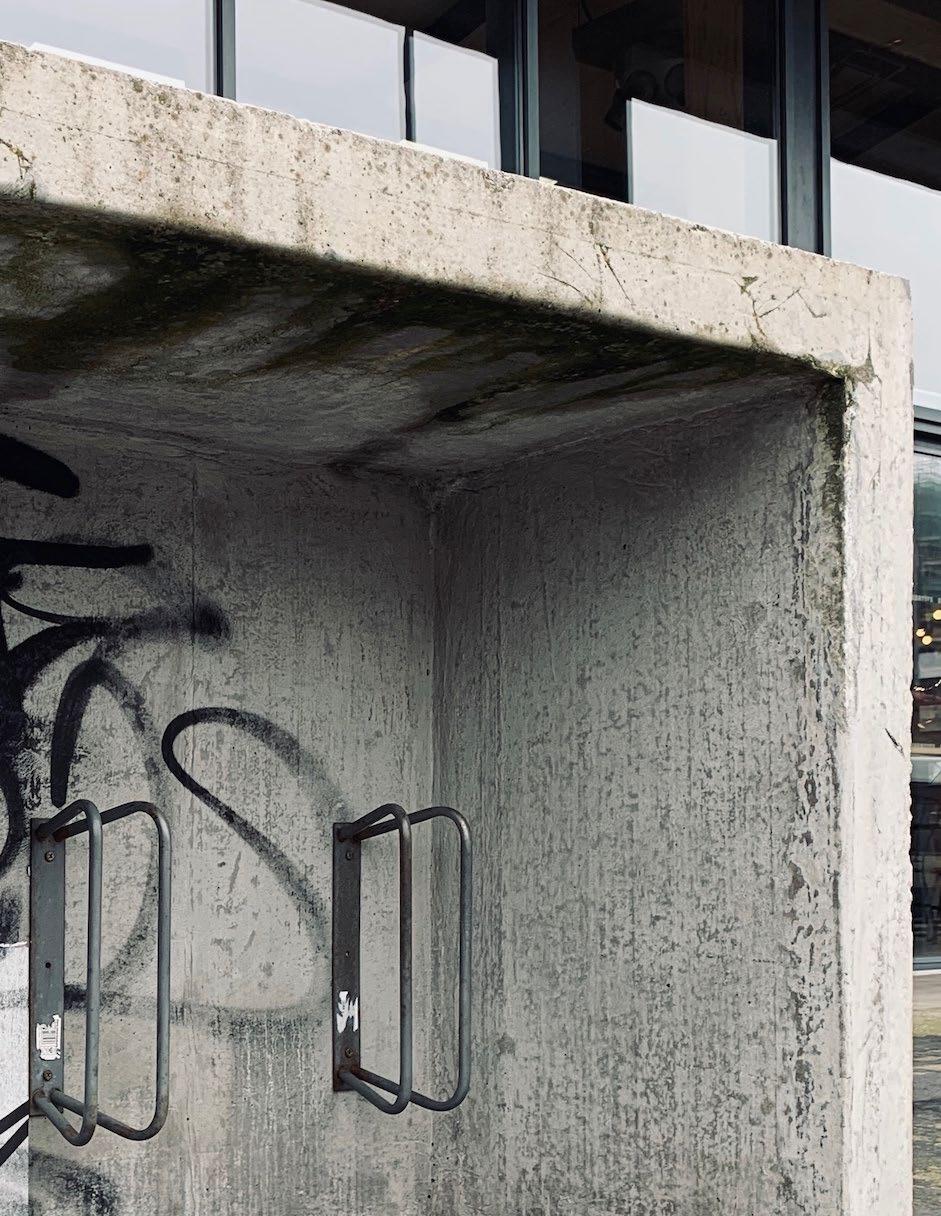
5 minute read
A Mosaic of Time & Light - Bryn Edward Davies
A Mosaic of Time & Light
by Bryn Edward Davies Kuala Lumpur, Malaysia, 2020
Advertisement
The encounter of shadow is something that has inspired artistic expression throughout human history. I conceived the idea of the shadowgram as a contemporary take on the photogram. A shadowgraph is a shadow projected onto a surface that is framed by an optical device - or in my case a sheet of A4 paper (see fig. 1). It is something I observe and respond to rather than construct. In our imageled culture the photograph is predominantly displaced from its place of capture. I like the idea of returning the photograph back to where it was taken.
From this basic idea I developed a way of seeing which moves away from narrative or the representational image - but towards a concept of acknowledging the gaps and intervals between the images we see. It is based on the Japanese concept of Ma - embracing the idea that no single image is definitive and that vision is always incomplete. In capturing a series of shadowgrams my photography becomes what I like to think of as A Mosaic of Time & Light.
Fig. 1. Mann Island (2019)


A Mosaic of Time & Light


Fig. 2. Bike Rack (2020) 12 | edge-zine
My influences are mainly away from photography. The Korean painter Lee Ufan is a big inspiration on how I experience and arrange my shadow encounters. I like the physicality of sculpture and drawing by Richard Serra. He becomes a reference point as I wanted there to be a physical element present in how my work develops. While the link between site-specific art and the photograph as document is prominent in Richard Long’s seminal work ‘A Line Made by Walking’ (1967). Working in the public space also relates to the street artists engagement by their own invitation.
My work is a departure from these influences because I use photography to create the work of art, as well as using the medium to document the finished piece.
After completing Body of Work I explored publication possibil ties that focused on process - as I believe this is more important than any individual artwork. I considered a wide range of physical and digital platforms. A residency was particularly appealing - the purpose of residencies as an artist is to respond to new surrounds. But my recent entry into fatherhood made this difficult to organise. In hindsight this was a blessing in disguise as the current pandemic would have compromised plans to engage with a physical space.

I resolved to make a documentary video as it was the best use of time and resources. I was mostly at home during this period so I could research artist films and develop a creative brief. My friend is a professional filmmaker so I was able to employ him to undertake the tasks I couldn’t do myself - like being behind the camera when I was in front. Although I had some creative assistance, my job roles for the video include: director, producer and editor. In addition I was the focus of the documentary - demonstrating the process and producing new work on film. It was a multi-disciplinary task that required a lot of practical and interpersonal skills.
Making A Mosaic of Time & Light involved taking a few risks. We had a limited time to film as I could only work on location with my collaborator for a short period. We were very much on assignment. Also without shadows there wouldn’t be any work to create so we relied on the weather to start the process. In the edit I made the decision to shelve my Body of Work. The pu lication became a stand-alone piece of work with the conceptual process being the subject of the documentary. Therefore the viewer only sees what my work looks like at the end of the video (see fig. 2).
The most pleasing aspect of A Mosaic of Time & Light is that it is a resolved piece of work - while still being a calling card for whatever I may do next. The video can also be a presentation that could be shared at a physical or digital event. Now that digital publications are becoming something more students need to embrace, it is worth considering what certain formats are at the most basic level. My voiceover for example is essentially an artist talk. Translating publication ideas into a digital context is an interesting subject that would benefit from further dialogue.
The lesson I take from my publication above all is that personal vision and collaboration can be interdependent.

A Mosaic of Time & Light is my vision and I set the direction. But having a trusted collaborator was important to assist in tasks I couldn’t undertake myself. Many of the ‘small’ decisions came about from our dialogue when sharing the brief and out in the field. This ultimately enriched the working relationship and the quality of the publication. So my biggest advice to anyone developing new ideas for a publication is look for people who are i terested in cross-discipline collaboration. It challenges and improves interpersonal skills - while showing you your value to others in professional situations.
#ENDS#
edge-zine was interested to hear from Bryn how he connects his UK origin with his new home in Malaysia. His work connects light and shadow, design and art, physical and digital, and personal and collaborative. We followed up with him and scheduled an online conversation. To get connected and to connect. We congrat him for having become a newby father.
The recorded conversation is accessible on vimeo at: https://vimeo.com/441611490

A Mosaic of Time and Light is available on Vimeo at: https://vimeo.com/397898040
To view more of Bryn’s work please visit: http://www.indigenousimages.com
Reference: Long, R (1967) A Line Made by Walking, Photograph] At: https://www.tate.org.uk/art/artworks/long-a-line-madeby-walking-ar00142 (Accessed on 07.07.20)









